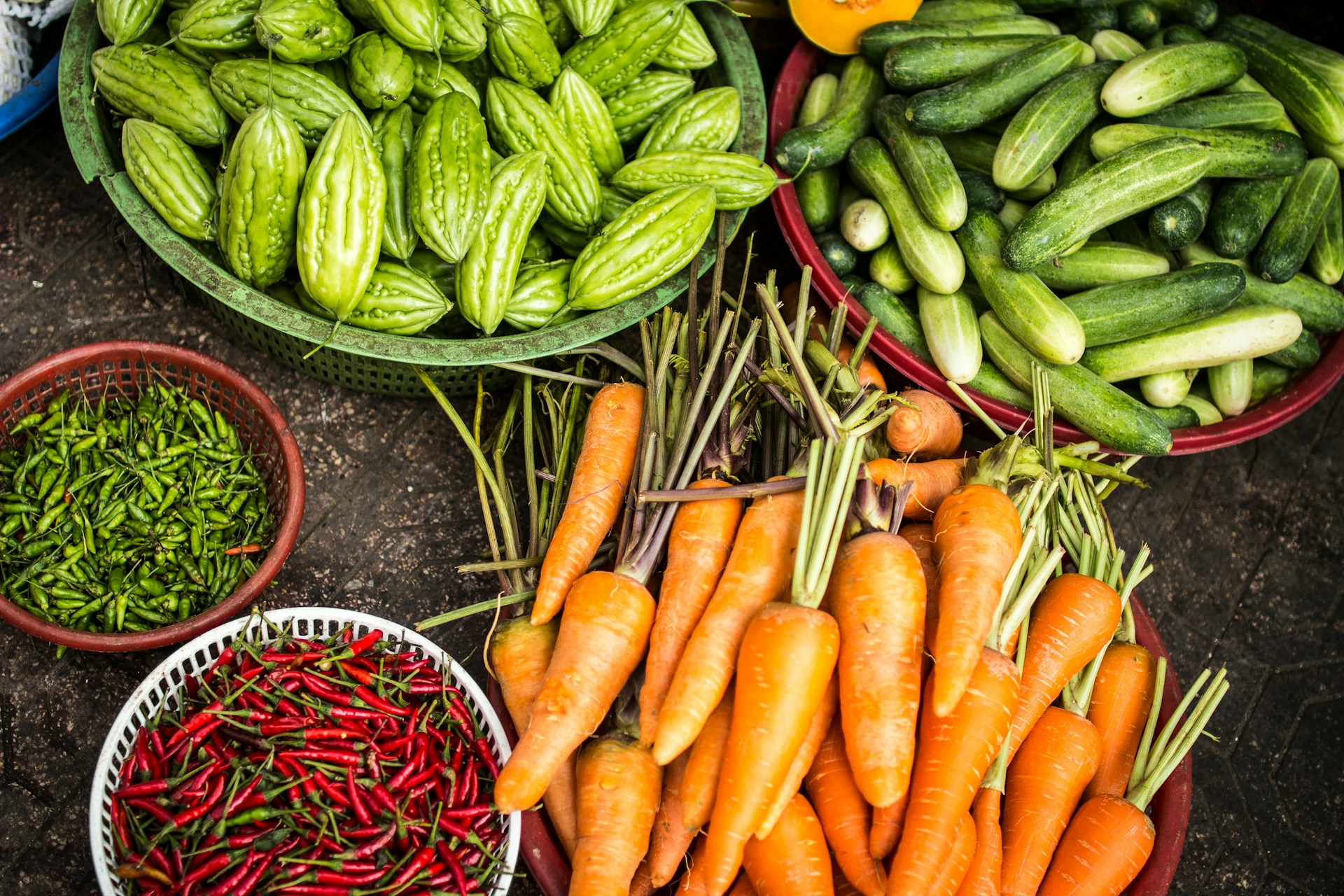The core advantage of blockchain for food safety is its immutable ledger, which records each transaction and activity on a shared digital network. As produce moves from the farm to processing facilities, distribution centers, and finally to retail stores, each step is recorded on the blockchain. This transparency means that if an issue arises, like an E. coli outbreak in a batch of lettuce, authorities can quickly identify the source and trace exactly where it was grown, processed, and shipped. Instead of a sweeping recall, which often leads to excessive food waste, the affected batch can be isolated, limiting the health risk and financial loss.
Blockchain also improves accountability across the supply chain. Each party handling the food, from farmers to transport companies, adds their information to the blockchain, creating a verifiable record. This traceability holds each participant accountable for maintaining safety and quality standards, reducing the likelihood of errors or negligence. For instance, temperature-sensitive products like dairy or seafood require controlled storage conditions. If these conditions aren’t met at any point, the blockchain will reflect this data, enabling faster corrective actions.
For consumers, blockchain enhances confidence and choice. By scanning a QR code on their food package, consumers can access detailed information about its journey from farm to table—where it was grown, who handled it, and under what conditions. This transparency is especially valuable for organic or ethically sourced foods, as consumers can verify that the product meets the promised standards, helping them make more informed choices.
Blockchain can also streamline the certification process for organic, fair-trade, and sustainably sourced foods. Certifications often require rigorous paperwork and inspections, which can be slow and error-prone. Blockchain simplifies this by storing certification data on a digital ledger, allowing certifying bodies to quickly verify compliance. This is a win for farmers, who face fewer administrative burdens, and for consumers, who get quicker access to verified products.
While blockchain holds great promise for food safety, there are challenges to consider. Implementing blockchain across the entire food supply chain requires collaboration and technological adoption by all participants, from small farms to large retailers. Additionally, ensuring data accuracy is crucial—if incorrect information is entered at any stage, blockchain can only preserve that error. The reliability of blockchain-based food safety ultimately depends on the quality and accuracy of data inputs.
In conclusion, blockchain technology offers a powerful tool for enhancing food safety by providing an end-to-end traceable record of a product’s journey from farm to table. With better traceability, accountability, and transparency, blockchain can help reduce contamination risks, boost consumer confidence, and enable faster responses to food safety issues. As the technology continues to evolve, blockchain could become a standard in creating a safer, more transparent global food system.
